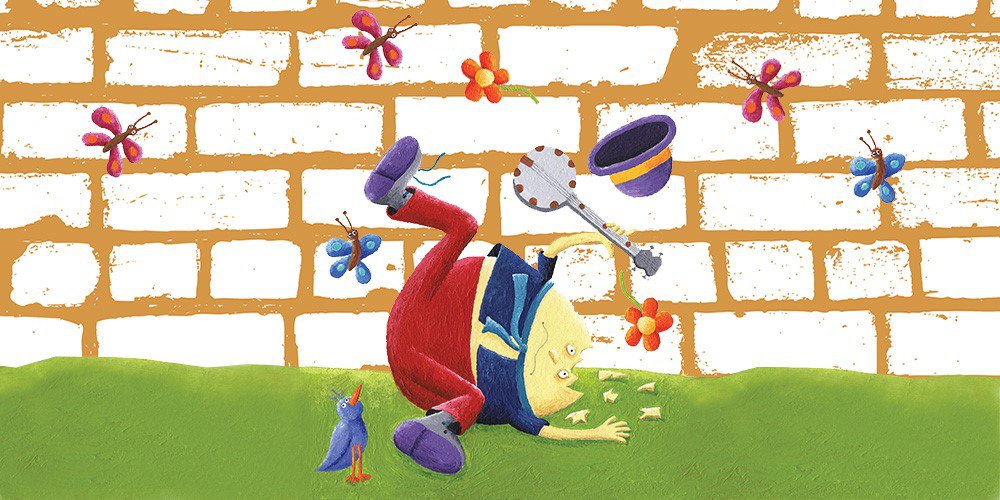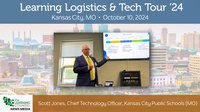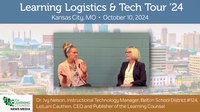Let’s be real. There used to be a handful of Publishers of textbooks and materials, really, and now there are over 7,000 in the for-profit world alone. Add in the Apps Publishers and free resource sites and we’re in the tens-of-thousands. Figure in the number of discrete lesson plans to sift through if you’re of a flavor to pick-and-choose by topic-level off of paid or free resource sites, and you’re in the tens-of-millions of curriculum content things floating around just the “Surface Web.”
If you start to think about the “Deep Web” –that trove of content on the internet that is some 97% of what’s on the web but yet not directly found by today’s search engines, such as secondary pages behind the front doors of large repository sites including major publishers, and you can start to imagine an infinite scale of digital curriculum things.
So, really, the curriculum field in going digital fractured not into just a few pieces, but tens of millions.
Even with all the King’s Horses and all the King’s Men, you really can’t put Humpty Dumpty back together again.
Here’s what’s interesting about that, though. The natural state of information actually is discrete bits of knowledge. For example, historians have typically collected together eye-witness first accounts and artifacts from things like battlefields and voyages, then knit them neatly together into texts. Textbook writers created stories of what happened, or step-by-steps to understanding some concept in math, science, etc. Curation of discrete bits of knowledge is the act not just of collection but also a large degree of assigning meaningfulness. You have to discern what’s useful and in context versus what’s not in order to build a full course or text.
That alone is an act of becoming educated and, interestingly, is in fact is the very skill we seek to have student’s gain – judgement. Hmmm. What might happen, as just a thought, if students were to take the journey of discovery through discrete bits of knowledge, and therefore have the gain of imbuing meaningfulness through the act of differentiation between things, associating or disassociating elements as contributive to a topic or not?
If this really is one of the very acts of educating, it could be what was lost in the first place when we left dirt roads of rough discrete pieces of knowledge scattered around and built the wall that we sat Humpty Dumpty on, that giant egg, he who might also be known as the heavy, multi-chaptered, gleaming giant textbook or course. Oh we all know that textbooks do have their place, and certainly there should be a beacon shone brightly on this artifact of history.
What is being said here is that at some time there was a prime thought that it was a gain to give the fully-wrought and pre-digested whole-album of information, when perhaps that was our first wrong that yet seemed so right. Perhaps at the time of the formation of that prime thought we had a baby-boom and a new management revolution that taught assembly-line conformity and mass delivery as a solution. Maybe we had to do it that way because instruction didn’t have a technology that would allow any other form than whole-group learning and text paper piles bound together and distributed enmasse. Maybe you just couldn’t teach large amounts of information any other way than that because there wasn’t any other vehicle for it yet. Ta-da! The Internet.
Now that things-to-know can come in electronic bits of texts, images and video clips, and longer-forms with interaction like games and courseware, maybe it’s okay that ol’ Humpty Dumpty fell off the wall, but right now he’s still not put together for most schools, and most teachers. He’s still scattered to the winds making everyone in education’s attention and productivity scatter as well.
If we leave him that way, with teachers and students totally on their own without coherent direction, spending long hours wandering through random search engine queries to find bits and pieces, we may just degrade and further worsen learning, right when we were hoping technology would turn it around. But maybe all that is needed is some good direction. And if “good direction” by publishers and teachers is going to actually deliver quality, we must hope they do it in a way that’s digital-awesome, not flat text borings-ville.
It’s just a thought.
Maybe we don’t need to knit-it-all-together for students on every subject, maybe we just sort of throw a topic out there like Plato more often, now that we have that free-range roaming space of content that is the internet.
Yes, maybe we embrace the dissolution of order and jump on all that promising educational content that’s digitally instantly available, mobile, engaging and transmutable. Maybe we need to think with education-as-experience, the journey of individual curation, just like millions of people already build personal playlists on their preferred music platform, or choose Apps or videos or collect photos into social media.
It’s a skill kids already have but that is not being leveraged, necessarily, for their learning.
Learners can have their faves of Apps, math sites, game sites, and make a long winding super-highway Playlist-of-learning. A portfolio on steroids. Educators can make sure at least the proverbial wall that Humpty sat on stays up, a guidon made up of requirements and maybe Standards. In certain instances the most powerful learning objects will be much more cost, and more probably will be built by the best-of-the-best in animation, design and algorithms. Pathways can have pro tour guides like pro publishers, and they can be mere hints of a trail through the woods now that we have instantaneous-anything via the internet.
Maybe the new reality of digital isn’t an all-or-nothing but some scale that is now infinite in both the direction of tiny discrete bits of knowledge and conversely to a very high-style digital creation that auto-pilots learning.
Maybe a healthy shove of Humpty was just the thing to give learning greater freedom.











